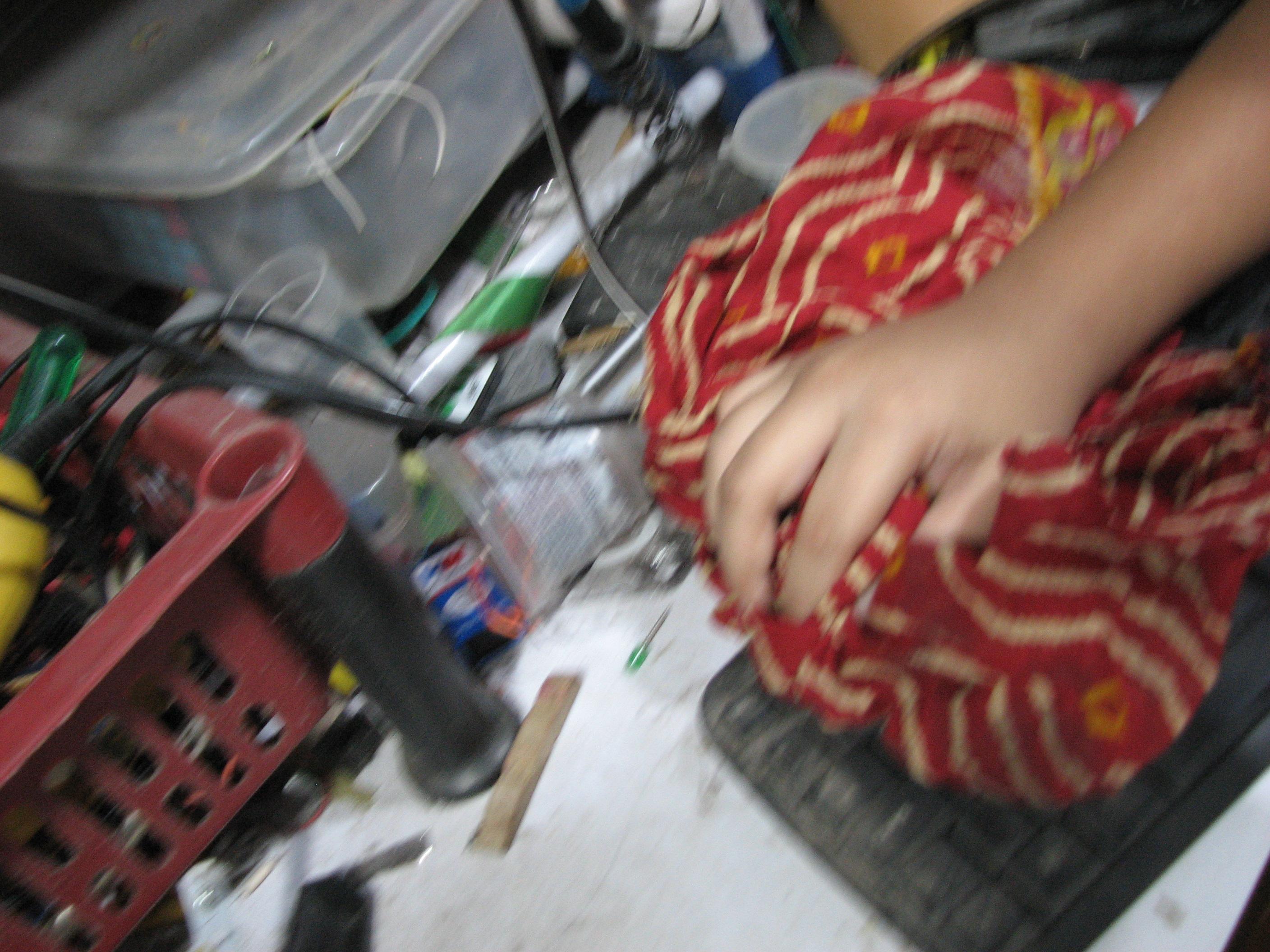Restoring a Old Broken Keyboard(How to Restore Old Electronics DIY Yourself!)
by GizmoWizard in Workshop > Repair
350 Views, 2 Favorites, 0 Comments
Restoring a Old Broken Keyboard(How to Restore Old Electronics DIY Yourself!)

Restoring things is always fun! Bringing back the lives of old and new tech and using that always seems rewarding and is a good way to pass the time. Also, many new and old things are thrown out just because of a tiny crack or dark pixel. Its unfair to the electronics and also contributes to e-waste. So lets see how YOU can contribute to reach the zero e-waste goal.
Supplies
1.A broken keyboard(Or any broken but fixable electronics )
2.A small screwdriver
3.A brush
4.Vinegar
5.Patience
Dusting It Down

Many old electronics are dusty and may get corrosion from humidity and this was no exception.Dust your electronics well before opening it or removing any glue.However, this particular keyboard had some yucky goop on it.Ew!
Testing the Keyboard

Visual Inspection
Before you start testing any electrical device, it's important to do a visual inspection. Look for any signs of damage to the device, such as cracks, dents, or burns. If you see any damage, it's best not to test the device, as it could be a safety hazard.
Power On
If the device has a power cord, plug it in. If the device has a battery, make sure it's charged. Once the device is powered on, look for any signs of life, such as lights, displays, or sounds. If the device doesn't power on, there may be a problem with the power supply.
Basic Functions
Once the device is powered on, test the basic functions. For example, if you're testing a TV, try changing the channel. If you're testing a computer, try opening a web browser. If you're testing a smartphone, try making a call.
Opening the Keyboard

- Locate the screws. The screws will typically be located on the back or bottom of the device. Some devices may also have screws on the sides or top.
- Choose the right screwdriver. Use the screwdriver that fits the head of the screw snugly. Do not use a screwdriver that is too large or too small, as this could damage the screw or the device.
- Turn the screwdriver counterclockwise. This will loosen the screw.
- Remove the screw. Once the screw is loose, you can remove it by hand.
- Repeat steps 3-5 for all of the screws.
- Once all of the screws are removed, you should be able to carefully pry open the case.
Here are some additional tips:
- If a screw is stuck, you can try using a rubber band or a piece of electrical tape to give the screwdriver more grip.
- If a screw is stripped, you can try using a screw extractor.
Seeing the Components


Avoid damaging internal components like the circuit board, battery, wires, or cables.
Take pictures as you disassemble the device to aid in reassembly.
Be patient, as disassembling electronics can be time-consuming.
Cleaning the Device

Circuit boards:
Use a soft brush to remove dust and debris.
Batteries:
Wipe with a damp cloth to remove dirt and grime.
Wires:
Use a cotton swab dipped in rubbing alcohol to clean stubborn stains.
Cables:
Allow components to air dry completely before reassembling the device.
Reassembling and Testing(Conclusion)

Reassemble the device and voila!! You helped a tiny bit of e-waste get a new life.
Please favourite as many hours went into this Instructable.